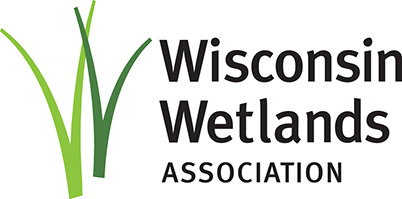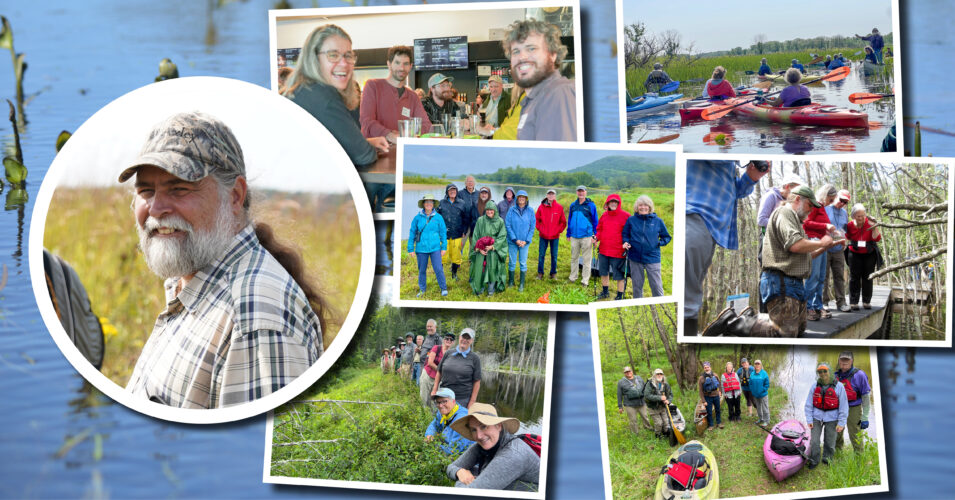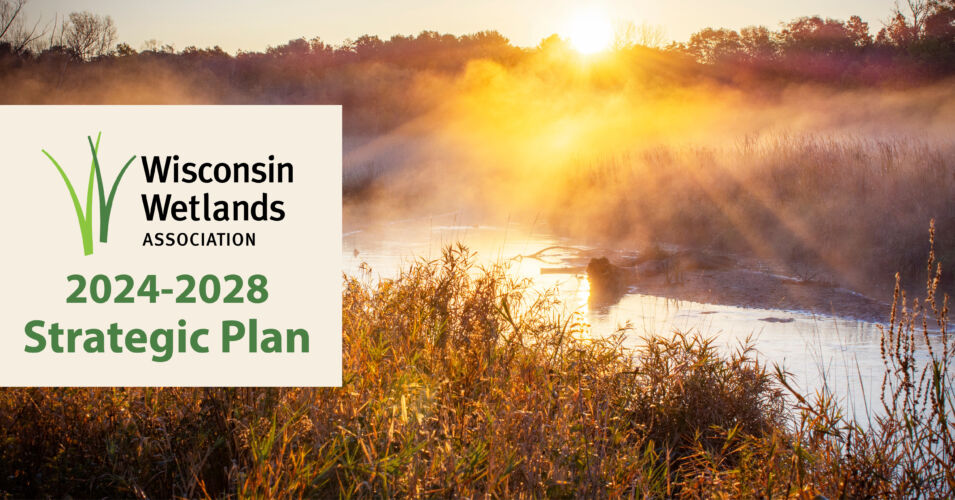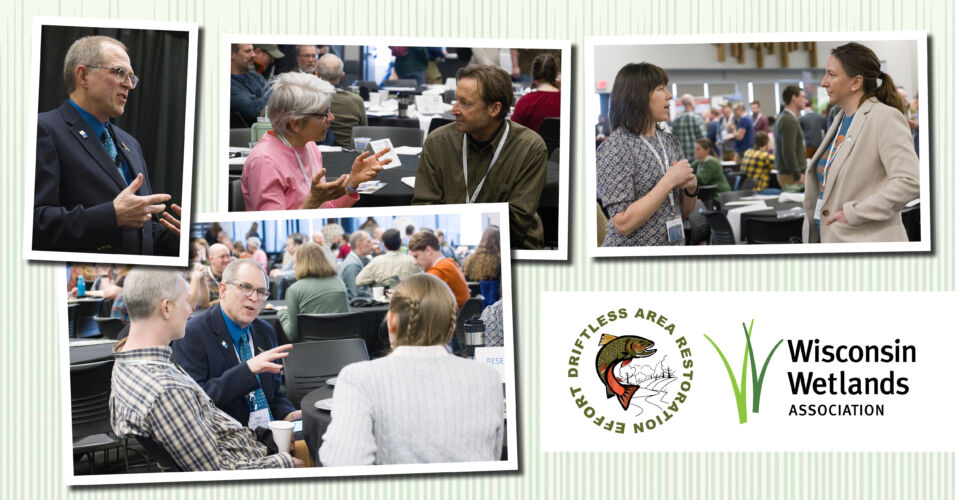No matter who you are, where you live, or what you do, wetlands impact your life. This is a message we’ve been sharing for years, and it’s as true today as ever. A big part of our work at Wisconsin Wetlands Association (WWA) is to help others make the connection to wetlands in their lives, especially when the connections are not obvious. For example, if you’re managing the roads department for a town in Wisconsin, wetlands help reduce culvert damage, benefiting your road budget. If you’re a producer managing soil health on your farm, wetlands reduce the erosive forces of runoff that are washing your soil away. If you’re involved with a lake association in northern Wisconsin, wetlands keep your waters clean and buffer the impacts of wind and wave action on your shoreline. We put building wetland connections at the center of our work because it increases how many people are protecting and caring for the wetlands of Wisconsin—and it opens the door to our wetland community.
Building wetland community is a key focus of our 2024-28 strategic plan. Communities can be defined geographically, professionally, by common interests, and in many other ways. We strive to bring people and groups into our wetland community whether or not they self-identify as “wetlanders.” Some in our community have a direct, strong connection to wetlands—WWA members, wetland professionals, and wetland landowners, for example. Others may not even think of themselves as “wetland people.” Helping these people find a connection between wetlands and the things they already care about broadens our wetland community. We make our community stronger when we make it more inclusive, and this stronger community is better for wetlands—better because more viewpoints, experiences, and connections to other groups makes for better and more lasting wetland conservation in more parts of the state.
To help expand the wetland community in Wisconsin at this year’s annual Wetland Science Conference, we teamed up with two groups with strong connections to wetlands, stronger than they may realize: trout managers and towns officials. Bringing the trout, towns, and wetland groups together in one room resulted in robust discussion. We learned about the needs and challenges each group faces. Ultimately, all parties came away with a broader sense of how landscapes, streams, and wetlands work (and work together) to keep our waters and communities healthy. And most importantly, our discussions identified pathways where all parties can work (and work together) to address the barriers keeping us from using wetlands as solutions to our shared challenges.
WWA’s vision includes achieving a state where wetlands are abundant and healthy and meet the ecological and societal needs of Wisconsin. To achieve this vision, we must get everyone on board—trout managers, towns officials, farmers, landowners, decision makers—everyone. That’s a lot of people to fit into one room. So, to paraphrase Grace Slick, one of the great philosophers of the 20th Century, “there’s room for all of us, just open the room.”
You can help us open the room, too. Volunteer to help organize a wetland community-building event in your area to bring together current WWA members and others who may have a shared connection with wetlands. Please contact me (director@wisconsinwetlands.org or 608-250-9971) if you’d like to help with this or have other good ideas about how to expand the wetland community in Wisconsin.
Related content
A watershed moment for Wisconsin Wetlands Association
Joint programming with Trout Unlimited enhances WWA’s conference success
Identifying and advancing our wetland policy agenda




